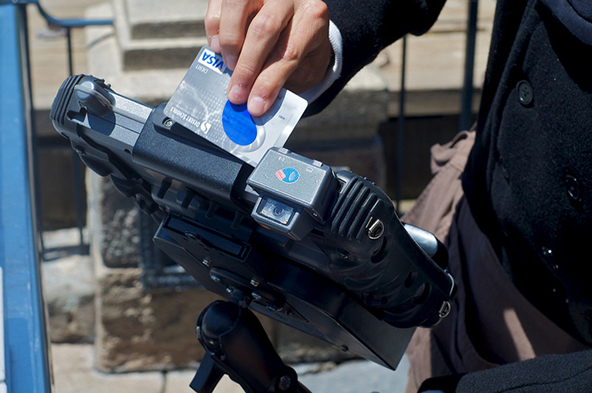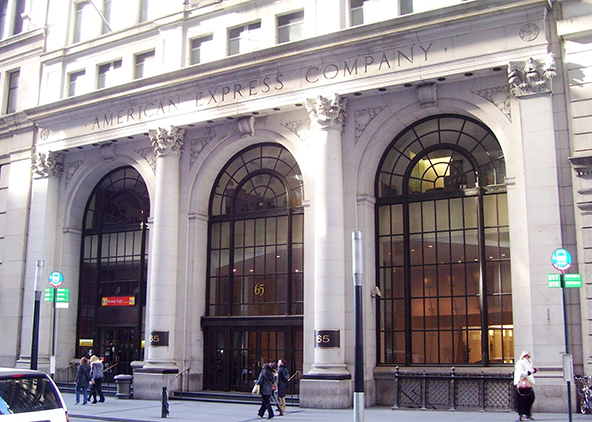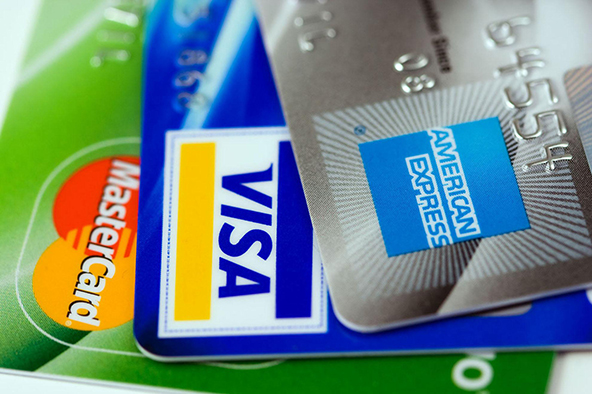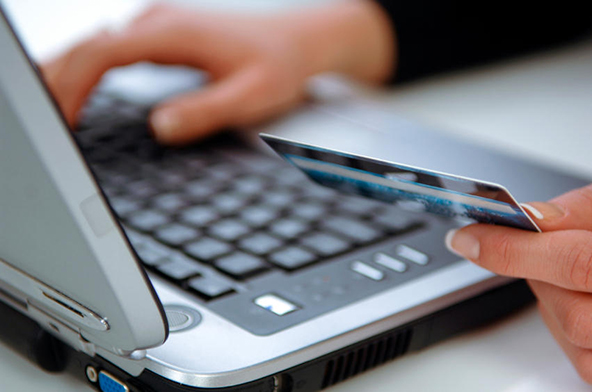16 Signs of Suspicious Customer Behavior at the Checkout

We have written in previous posts on the credit card acceptance procedures you should follow in a face-to-face setting and I hope that you are following our advice. If you are, I have no doubt that fraud is not an issue that is keeping you awake at night.
Yet, there is more that can be done to further minimize credit card fraud risk and it does not cost you anything. All you have to do is learn how to identify suspicious customer behavior at the checkout and be a little extra attentive to accepting credit cards from such consumers. In this post I will show you how to do that.
Suspicious Customer Behavior at the Checkout
The following five types of customer behavior at the point of sale often (but not always!) betray a consumer who is attempting to commit fraud:
- Buying large quantities of merchandise with little or no concern for size, style, color, or price.
- Not asking about or ignoring free delivery options on large items (for example, furniture or televisions) or expensive purchases.
- Attempting to distract or rush the employee at the checkout.
- Completing purchases, leaving the store, and then immediately returning to make more purchases.
- Shopping either right after the store opens or just before it closes.
Now, it is very important to recognize that each of the above types of behavior can have a perfectly reasonable explanation that has nothing to do with fraud. For example, a consumer may be habitually shopping at a particular store right after it opens in the morning, because that is when she happens to begin her commute to work. Or a football fan may decide to forgo a free delivery option for a new TV, because that would cause it to arrive too late for the Super Bowl. There are plenty of other good reasons for such behavior that I can come up with and I’m sure you can think of many more.
The point is that what these five types of behavior do indicate is a higher probability that fraud may be under way, so you should be on a higher alert and make sure you go through the entire checklist for accepting credit cards. If you still cannot decide whether the transaction is legitimate or not, you will have to make a Code 10 call.
Suspicious Behavior at Gas Stations
Gas stations are unique among card-present types of businesses in that they typically feature a mix of attended and unattended point-of-sale (POS) terminals. Signs of suspicious customer behavior are also different, both at the register and at the pump.
| At the Register | At the Pump |
| Purchasing more than $50 worth of store items (other than gas). | Activating multiple pumps. |
| Buying large quantities of beer and cigarettes. | Buying gas multiple times a day. |
| Purchasing tires, without having them mounted. | Filling up multiple cars at the same pump. |
| Offering a bribe to the cashier. | Filling up large containers. |
| Asking for cash back on a credit card. | Testing cards. |
| Loitering at the pumps. |
The same caveat applies to suspicious behavior at a gas station as it does elsewhere. The above signs should be seen as indicating a higher probability of fraud, not as a smoking gun and customers should never be treated any differently than those not behaving in such a way.
The Takeaway
Accepting payments in a card-present setting allows you to scrutinize your customer’s behavior and look for out-of-pattern signs. Take advantage of this opportunity! If you run a larger operation, train your employees on how to do that. It is often easier to identify suspicious behavior than it is to recognize a counterfeit card.
As you gain experience, you should add to my list and update it to exclude or modify these items that are not applicable to your particular circumstances. I hope that, as you do that, you will share your experience with us, so others can benefit from it too.
Image credit: Makinsensebabe.com.


